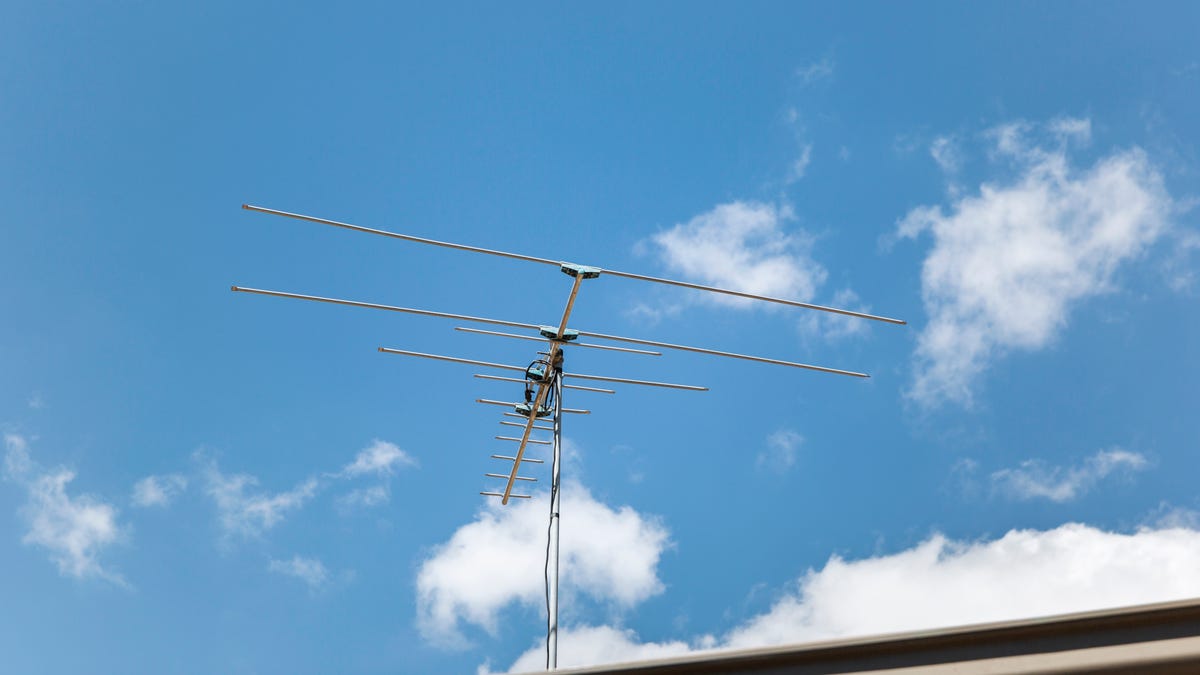Under pressure
Before participants took readings in any of the positions, the researchers had them simulate walking into a doctor's appointment. They walked for two minutes and then sat calmly in position for five minutes before taking the three readings. Before moving onto the next position, they got up and walked again and sat for another five minutes. The participants were also randomized into groups that took the first three readings (desk 1, lap, side) in different orders, with all groups ending on desk 2.
The researchers then compared the differences between desk 1 and desk 2 to differences between lap and desk 1 and side and desk 1 for each participant. The desk 1-desk 2 differences captured intrinsic variability of blood pressure reading within each participant. The comparisons to lap-desk 1 and side-desk 1 captured changes based on the improper arm positions.
In all, there was little difference in the desk 1-desk 2 comparison, with participants having a mean difference of -0.21 mm Hg in systolic blood pressure and 0.09 in diastolic. But, the improper arm positions had significant effects on the readings. Lap arm position resulted in a mean increase of 4 mm Hg in both systolic and diastolic readings. Side arm position led to systolic readings that were 6.5 mm Hg higher and diastolic readings that were 4 mm Hg higher. For those with high blood pressure readings—about 36 percent of the participants—the wrong arm position caused yet higher readings, with systolic readings about 9 mm Hg higher than desk readings.
The authors speculate that simple physiological mechanisms likely explain the increase in blood pressure when the arm is lower than the heart—more gravitational pull, compensatory constriction of blood vessels, and muscle contraction may lead to higher pressure. As for why health care providers are known to sometimes use these wrong arm positions, it may be a lack of awareness, training, equipment, and/or resources.
The authors of the study call for more training and education about proper blood pressure measurements, which are essential for appropriate management of hypertension and prevention of cardiovascular disease.




:quality(85):upscale()/2021/07/06/971/n/1922153/7d765d9b60e4d6de38e888.19462749_.png)
:quality(85):upscale()/2024/10/29/957/n/1922441/c62aba6367215ab0493352.74567072_.jpg)

:quality(85):upscale()/2024/10/29/987/n/49351082/3e0e51c1672164bfe300c1.01385001_.jpg)
:quality(85):upscale()/2024/10/30/711/n/1922441/c62313206722590ade53c4.47456265_.jpg)
 English (US) ·
English (US) ·